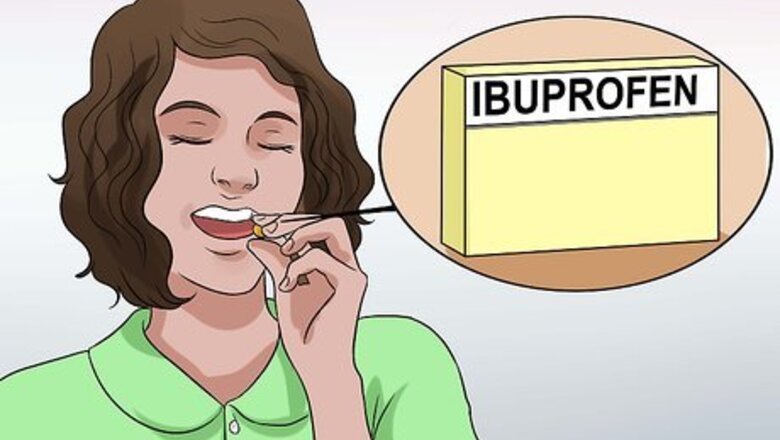
views
X
Trustworthy Source
Centers for Disease Control and Prevention
Main public health institute for the US, run by the Dept. of Health and Human Services
Go to source
Understand how to treat an outer ear infection to relieve pain and help it heal.
Treating Outer Ear Infection at Home
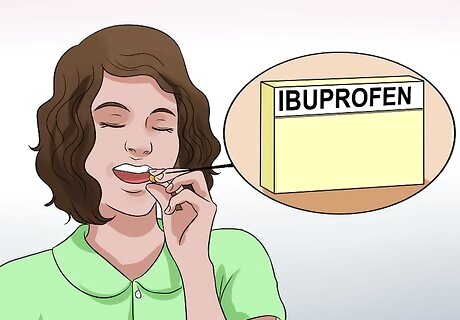
Take over-the-counter pain medications. Once you are home, you can take pain medications such as acetaminophen or ibuprofen. They should help with the pain.
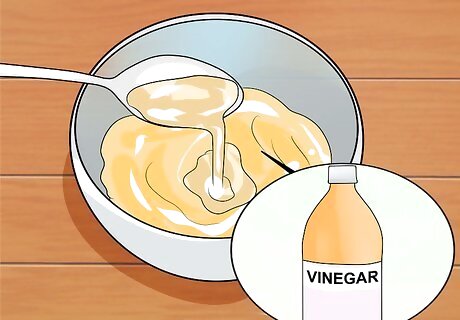
Make your own ear drop solution. Though this treatment may not be as effective as prescription medications, you can create your own solution of saltwater or one part water to one part vinegar. Warm whichever one you chose up to body temperature before pouring it in using a bulb syringe. Let it drain out afterwards.
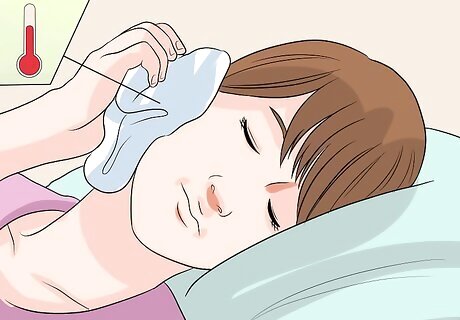
Apply heat. A little heat, such as a heating pad on low or a damp washcloth heated in the microwave, can help ease pain. Hold it to your ear while you're sitting up. You don't want to fall asleep on a heating pad, as you can burn yourself.
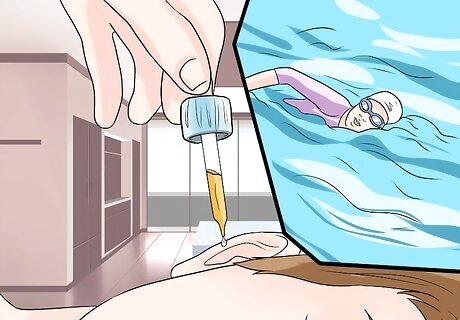
Use over-the-counter ear drops meant for swimmer's ear. Use these ear drops when you first notice itching. Apply them both before and after you swim.
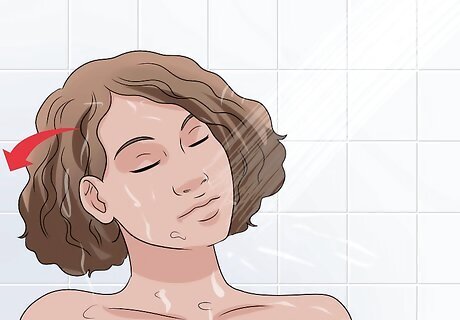
Keep your ear dry while it is healing. You will need to keep your ear as dry as possible while you are recovering from your infection. Tilt your head away from the water even while showering.
Seeing Your Doctor
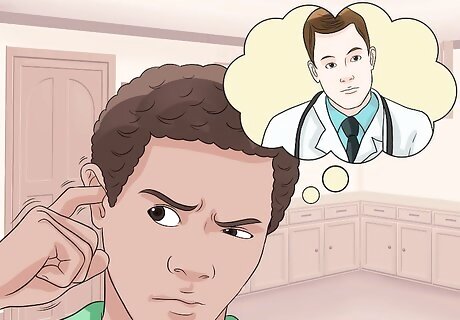
See your doctor if you're experiencing symptoms. Even mild ear infections can progress quickly, so it's important to see your doctor if you have a combination of these symptoms. Your doctor will likely use a special tool called an otoscope to look more closely at your ear.
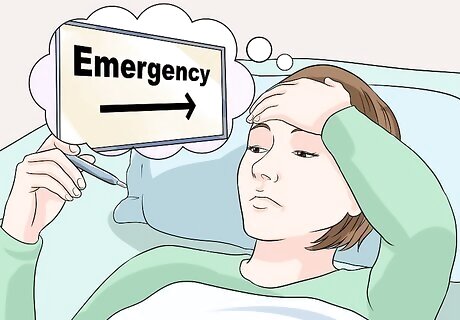
Go to the emergency room or an urgent clinic. If you have fever along with other symptoms or you are in a lot of pain, you should see a doctor immediately if possible.
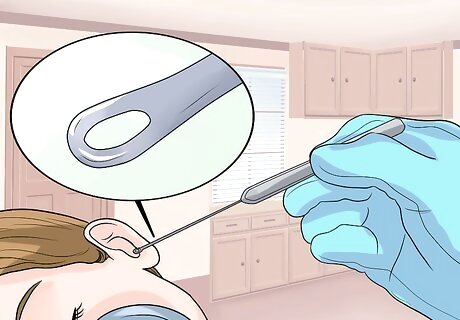
Expect the doctor to clean your ear. Cleaning your ear allows the medicine to get where it needs to go. Your doctor may suction your ear out, or she may use an ear curette to gently scoop and scrape out your ear.
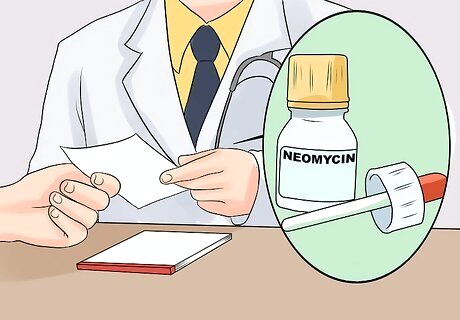
Use antibiotic drops. Your doctor will most likely write you a prescription for antibiotic drops that include neomycin. If other options don't work, your doctor might also prescribe your ciprofloxicin, which is often a second-line agent. You will then use the drops in your ear to reduce the infection. There is a very low risk of hearing loss from amino-glycosides, including neomycin. This medicine usually given in combination with polymyxin B and hydrocortisone a solution that is to be applied to the outer ear canal 4 drops 3-4 times a day as long as prescribed. Neomycin can also cause contact dermatitis. If your ear is too blocked, you may need a wick placed in your ear, which will help deliver the drops to your ear. To use the ear drops, warm up the bottle in your hand first. The easiest way to put them in is to tilt your head to the side or lie down. Lie on your side for 5 minutes or place a cotton ball over ear canal. Do not touch the dropper or tip to your ear or any other surface, as that can contaminate the liquid. If you have trouble getting them in the right place, ask someone to help you.
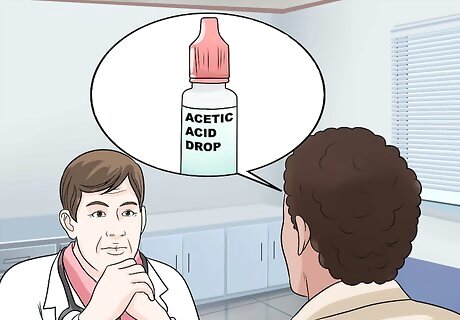
Ask about acetic acid drops. Your doctor may also prescribe acetic acid drops, which are a form of vinegar. However, they are stronger than your average household vinegar. These drops help recreate your ear's normal antibacterial state. Apply these as you did the other ear drops.
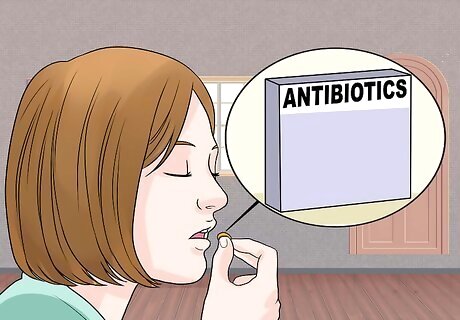
Take oral antibiotics. If your ear infection is more severe, especially if it's moved beyond the ear, you will need to take antibiotics by mouth. Finish the entire course of antibiotics. You should begin to feel better 36 to 48 hours after starting treatment, and completely better in 6 days. Some infections are caused by fungus instead of bacteria. In that case, you'll need to take antifungal pills rather than antibiotics. If you are immunocompetent, Having a normal immune response topical treatment is favored over oral treatment.
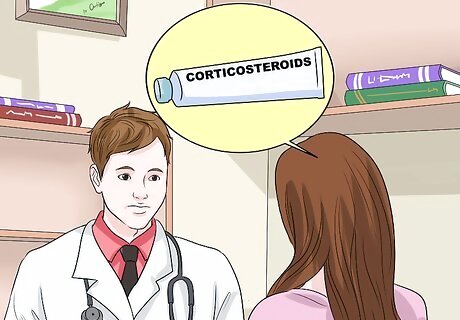
Ask about corticosteroids. If your ear is inflamed, you may need to have a round of corticosteroids to help. They can also help if itching is bothering you.
Preventing Outer Ear Infections
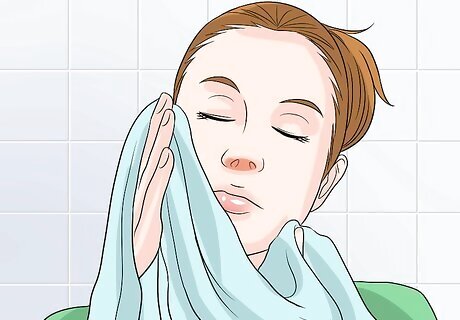
Dry your ears thoroughly after swimming to prevent infections. When you get out of the swimming pool, use a towel to dry your ears thoroughly. These infections thrive in moist environments, so drying out your ear can help prevent infection. Skip the cotton-tipped swabs, though, as these can increase your chances of contracting the infection.
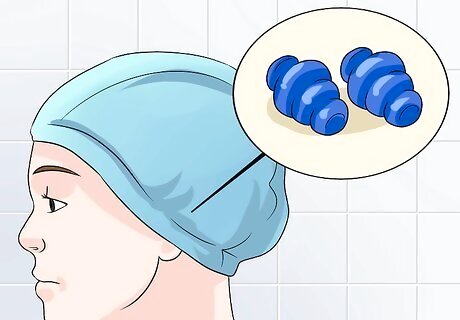
Put in ear plugs. Before swimming, put ear plugs in your ears. Ear plugs will help keep your ears dry while swimming.
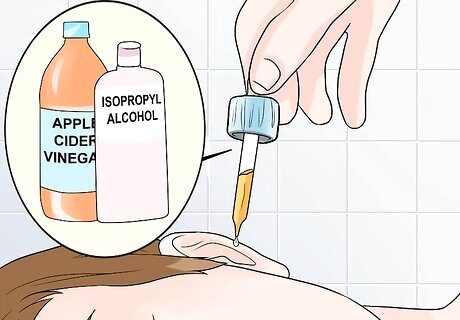
Use a treatment after swimming. Mix 1 part vinegar to 1 part rubbing alcohol. Drop about a teaspoon into your ear. Tilt your head so it pours back out. Check with your doctor before using this solution, as it is not recommended for people with punctured eardrums. You can also apply the mixture before swimming. The purpose is to keep you ear as dry as possible and as free of bacteria as possible.
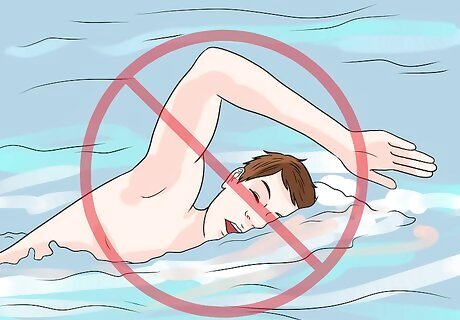
Don't swim in dirty water. If the water at the swimming pool looks murky or dirty, don't get in it. Also, skip swimming in lakes or the ocean.
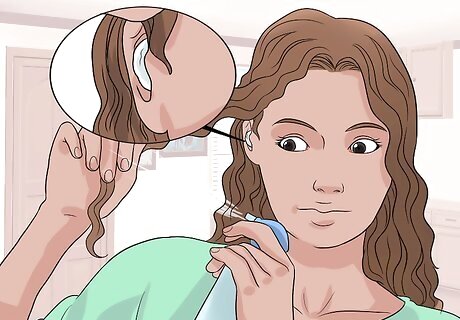
Keep your ears free of products. If you spray on hair spray or use hair dye, put cotton in your ears first. These products can irritate your ears, so protecting your ears against them can reduce your chances of outer ear infections.
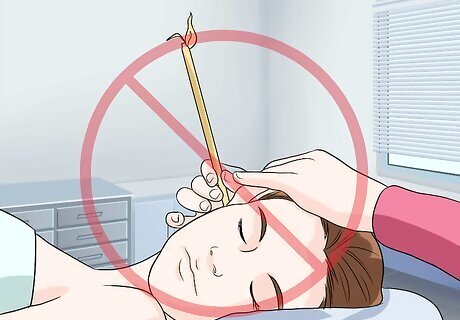
Skip ear candles. While may be tempting to try to unblock your ear with an ear candle, they actually do not help all that much. Plus, they can severely damage your ear.
Knowing the Symptoms of an Outer Ear Infection
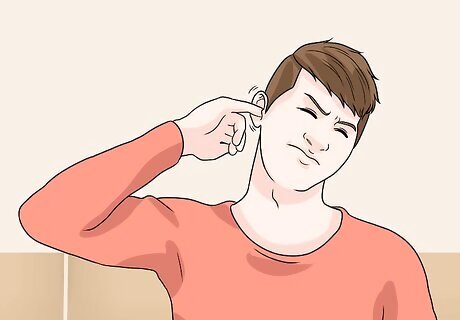
Notice itching. Itching, mild or more severe, can be an indication that you have an outer ear infection. You may itch inside your ear or along the outside. However, a slight itch doesn't automatically mean you have an outer ear infection.
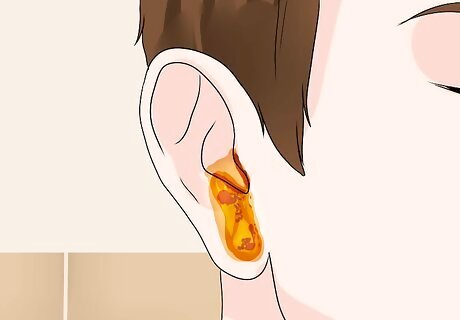
Look for drainage. Any kind of drainage from the ear can indicate an ear infection. However, look for drainage with color--yellow, green, or white. Also, if the drainage smells bad, that could also indicate an ear infection.
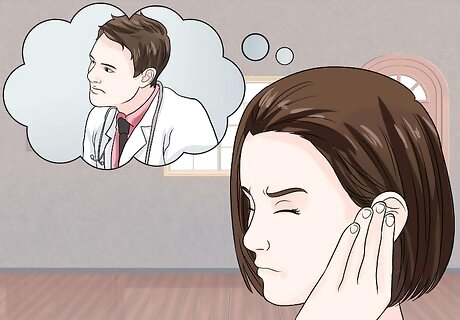
Pay attention to pain. If you have pain in your ear, it could indicate an ear infection. If you press on your ear and the pain worsens, that's even more likely to be an indicator of an ear infection. In severe cases, pain may begin spreading across your face, which means you need to get to a doctor immediately, as the infection is spreading.
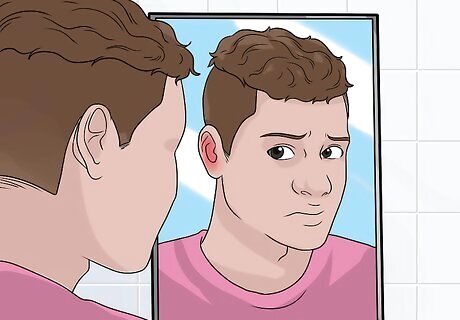
Check for redness. Look at your ear closely in a mirror. If you can see some redness, that may also indicate an ear infection.
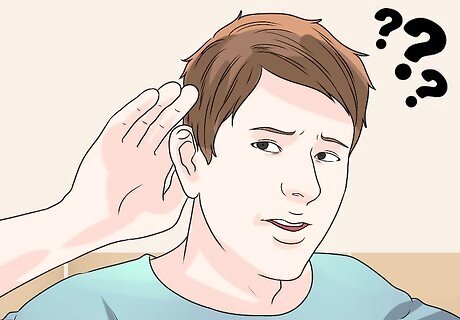
Notice hearing loss. Hearing loss is a more advanced symptom of ear infections, so if you begin to notice your hearing going in an ear along with other symptoms, that is definitely a reason to see a doctor. At its most advanced stage, your ear canal will be blocked completely.
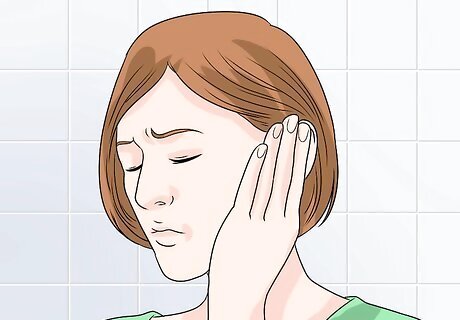
Look for the advanced symptoms. If your ear or lymph nodes swell, that is a far progression of an ear infection. Another advanced symptom is a fever.



















Comments
0 comment